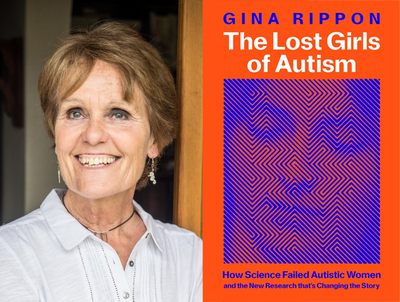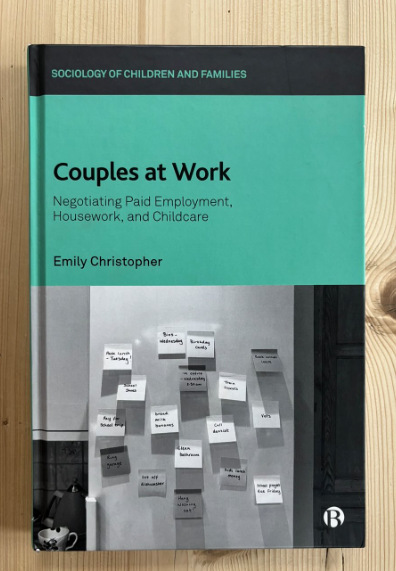Inflation: Simple Causes But a Complicated Cure
JULY 2022
We face a wave of strikes, intended to restore the purchasing power of wages in face of inflation. But strikes cannot succeed in restoring everyone’s purchasing power. In the near term, inflation’s impact on living standards can be significantly mitigated only by importing more and so increasing our trade deficit, financed by foreign borrowing. Unwillingness to do that means we are likely to prolong the wave of strikes and so suffer a bruising recession created by restrictive monetary policy. This will cause yet more damage to living standards.
However, debt-funded importing of consumption items in order to maintain living standards is poor policy longer-term. It can’t stop the harmful redistribution effects of inflation that are already emerging. Most important, it doesn’t address the longstanding source of our lagging living standards – too little economic growth and economic resilience due to our failure to grow productivity. Without increased productivity, debt-funded consumption repair will cumulate to tomorrow’s fiscal crisis.
Therefore, we face a very difficult policy challenge. We must act to support living standards over the next year or two, mitigate the social problems that inflation is already causing and, simultaneously, divert our priorities (and our continuing borrowing) to foster much improved productivity growth.
Causes
This is a simple story. Today’s inflation demonstrates that we are poorer than we were three years ago. The value of what we, collectively, produce and earn, has shrunk, relative to the cost of the things that we seek to consume. Inflation constricts our consumption options to what we can now afford.
We are poorer for two reasons. First, because we produce and earn less domestically, and second, because the things that we don’t produce but import have become scarcer, forcing us to pay more to get them.
• Brexit caused an immediate and seemingly permanent devaluation of Sterling, raising the costs of everything that we import. It also seemingly permanently reduced our exports to the EU, our largest trading partner. No new trade possibilities are similar in scale, so there is a long-term loss of income. Moreover, increased non-tariff barriers have raised the cost of imports from the EU beyond the exchange rate effect.
• The pandemic has reduced the worldwide supply of all sorts of goods, therefore raising their prices. This is due to supply chain problems, the zero-Covid China lockdown, the reduction in UK output because a significant portion of the population is out with Covid at any time. Crops are left rotting in the fields because there aren’t enough domestic agricultural workers and, of course, no more EU farm workers.
• The war in Ukraine has escalated the costs of energy and food grains. In the future it will propel redirection of domestic resources to the production of war material, which is not edible.
Consequences
Inflation not only makes us, collectively, poorer, it differentially distributes the pain.
• Everyone in the UK could go on strike to try to raise their wages enough to maintain their real consumption. But as the pie has shrunk, that is impossible. The extra money people get will simply chase the same, smaller amount available and the prices of goods and services will rise further. If the ensuing price rises provoke further wage increases, we chase our tails. This is the wage/price spiral that the Bank of England fears.
• Some groups have more wage bargaining power than others. Perhaps the railway unions can indeed hold the country to ransom and regain their purchasing power. But then others, less empowered than railway workers, will become greater losers.
• Inflation causes a flight to real assets – houses, commodities – whose values float up with the price level. Because ownership of real assets is very unequally distributed, the asset-rich minority is likely to come out better than before while the asset-poor majority lose even more. The purchasing power of people living on fixed-return assets such as retirement annuities would be devastated by a wage/price spiral. Similarly, as interest rates rise with the price level (or even faster if the Bank of England has its way), debtors on floating rate loans will be hit hard.
• Different geographic areas have different mixes of people who would be gainers and losers from a wage/price spiral, exacerbating our substantial regional inequalities.
Cure Part 1: Near-Term Mitigation
How is it possible to offset the fall in current consumption which is provoking the wage/price spiral? People can consume more than they earn only by borrowing. The key is how that borrowing is undertaken. Households could borrow from private UK lenders, or the state could sell bonds to UK citizens and give the proceeds to other UK citizens to spend. But if all they can spend it on is the total value of UK output, that pie is shrinking. More money from borrowing would only raise prices, that is, add to inflation.
Total UK consumption can exceed the value of UK output only if the extra is imported. Because the imports are paid for in another currency, borrowing to pay for those imports must be borrowing from foreign sources. The debt (public and private) that the UK owes others must rise by the value of the excess consumption.
However, consuming more today by adding to our overseas debt isn’t a miracle cure.
• Not everything can be imported. Domestic services of all types are provided, well, domestically. GP visits and houses and hotel rooms and haircuts will cost more as a result of wage inflation, no matter the amount of net foreign borrowing. These price increases will continue to provide some impetus to a wage/price spiral and make it more likely that the Bank of England will end up pushing the economy into recession to stop it.
• The problem with debt is that you have to pay it back, and in the meantime, you pay interest on it. More consumption today means surrendering a greater amount of potential consumption in the future. Only if there is strong UK productivity growth will this foreign debt repayment not cause significant future trouble. Sadly, the UK has lagged in productivity growth among advanced economies for many years.
Cure Part 2: A More Productive Economy
The policy most likely to maintain social cohesion in the near term, and greater prosperity in the longer term, is a tricky two-step. We need to borrow to defend most people’s consumption in the next year or two, but then switch the budget to support growth and productivity-enhancing investment. Unless we do this, our debt repayment obligations will grow to unmanageable levels and meanwhile our level of consumption will continue to shrink relative to that of our peers.
Our political system has not been good at tricky two-steps. It can manage short-term stimulus, funded by debt. But for decades the UK has failed to invest sufficiently in physical, technological and human capital to create productivity comparable to our peers. The inflation crisis is a call to action. Not only to mitigate current deterioration in living standards but to build a modern economy that sustains rising living standards into the future.





